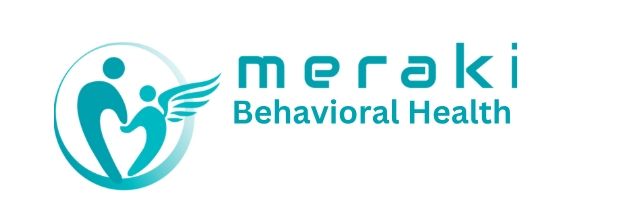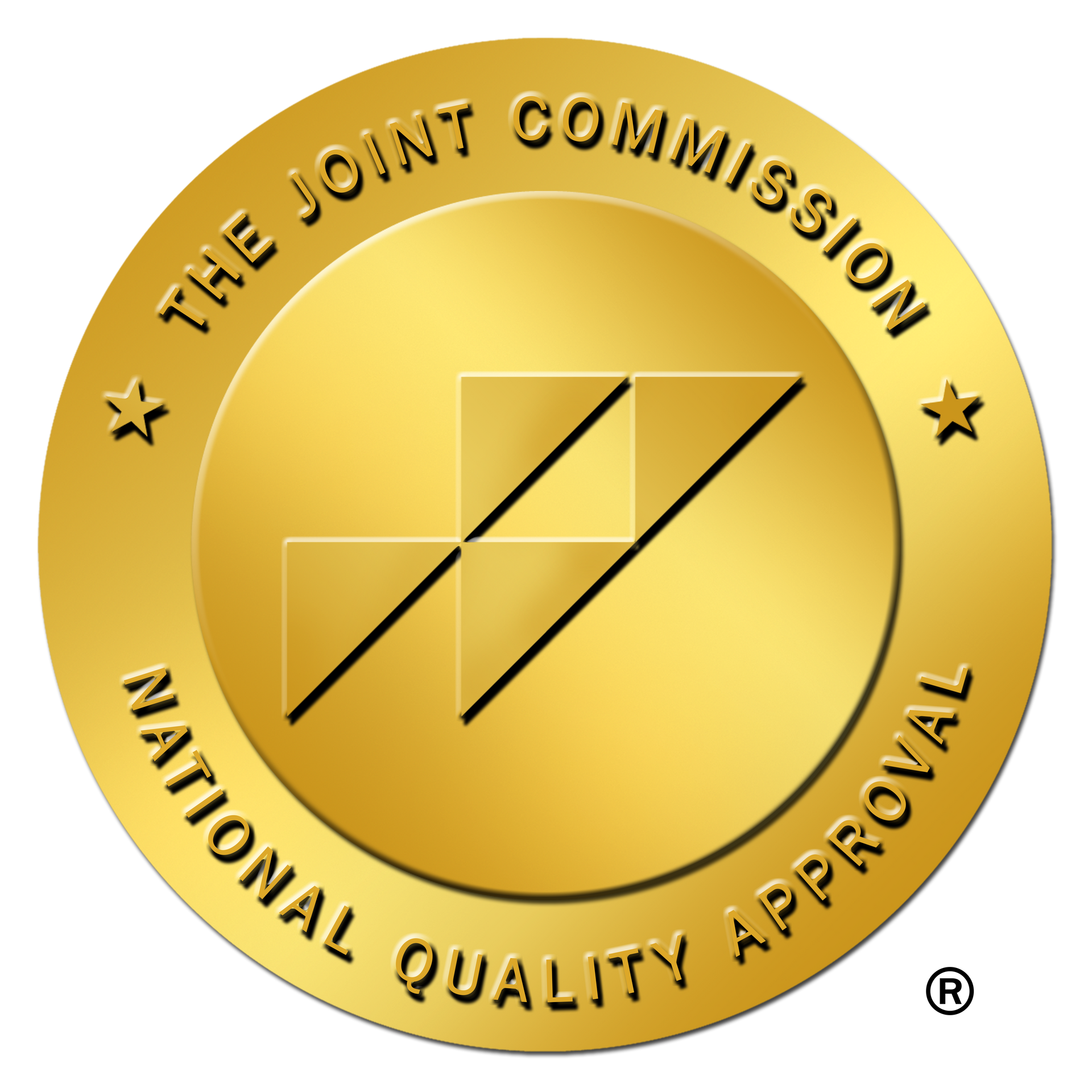School-Based Services
School-Based Services: Supporting Students Where They Learn
Students face unique challenges both academically and emotionally. Our School-Based Services bring professional mental health support directly to schools, helping students thrive in a safe and structured environment.
Through individualized and group interventions, we help students:
- Manage anxiety, stress, and behavioral challenges
- Develop social-emotional skills and resilience
- Improve focus, learning, and overall well-being
- Navigate peer and family relationships
Our goal is to provide timely, accessible support that empowers students to succeed academically, socially, and emotionally.





